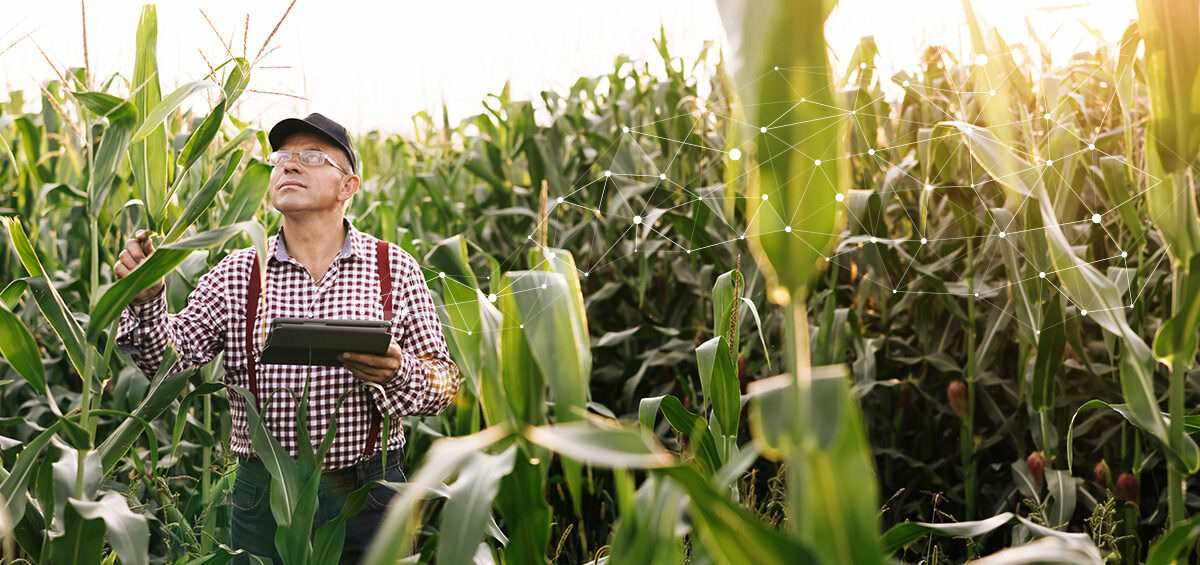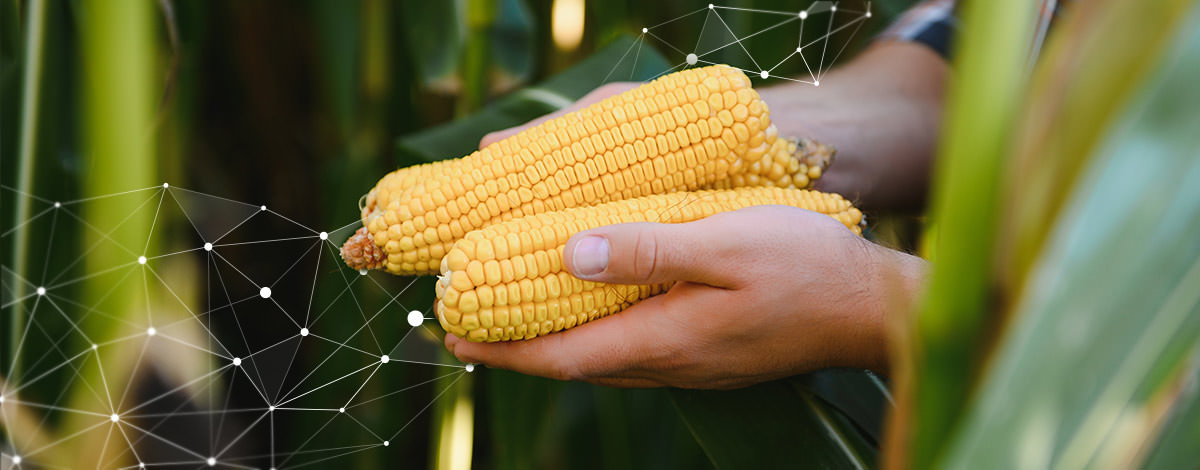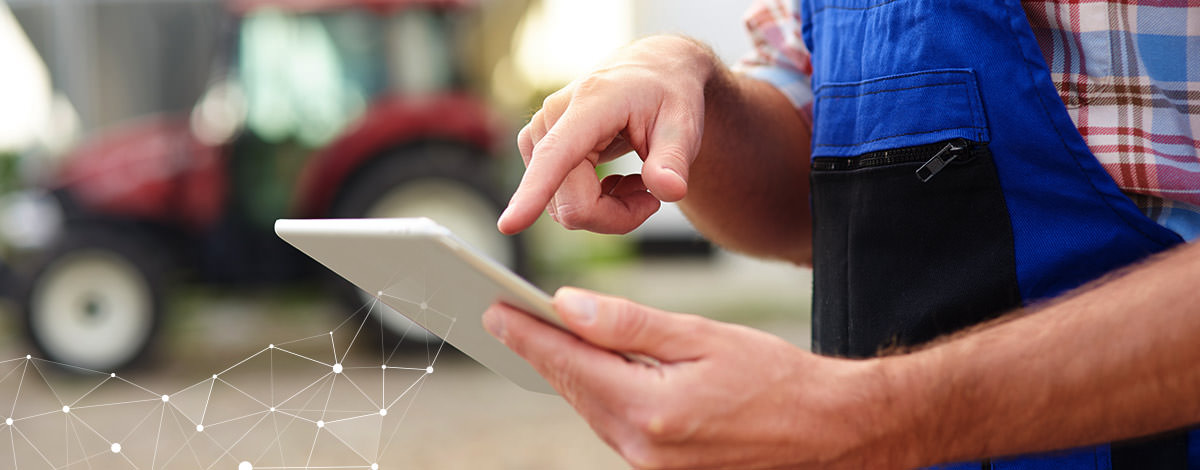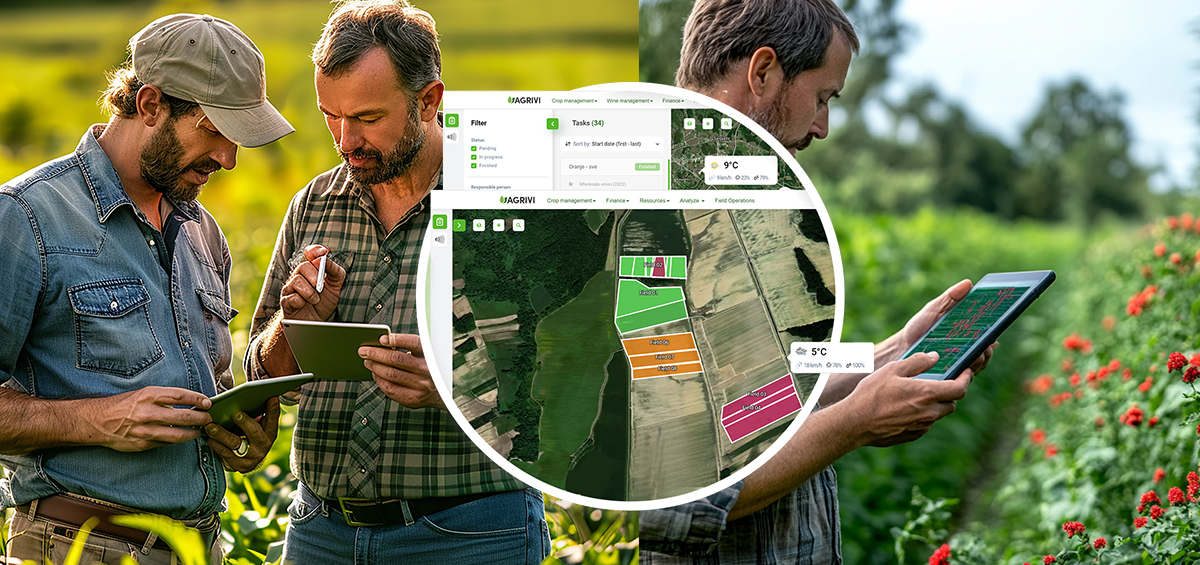Farm digitalization has already begun and has become ingrained in the vocabulary of every agricultural producer, both throughout Europe, as well as the rest of the world.
With the growing world population, insufficient food production, insufficient and expensive production resources and lack of arable land, efforts are being made to find a way to address all these global problems. Just as a chain is connected by links, to solve this global problem, all those who produce food are needed, both small farmers on 0.1 ha and those with several thousand of ha each, because they all have the same purpose of production and production principles.
But given the size and resources available, the smaller ones often face a lack of funding to improve the process and modernize to achieve higher yields and crop quality. For this reason, farmers in the EU have the opportunity to apply to various EU projects that would allow them to increase production capacity and improve overall production. The aim of European Union funding is to create added value or create new services while achieving clearly defined results.
Funds from EU funds are used to finance projects that contribute to the development goals of the certain country, but also of the European Union as a whole, and these are:
- increase employment
- increase investment in research and innovation
- mitigating climate change, reducing CO2 emissions, and increasing energy efficiency
- better education
- fight against poverty
It is interesting to mention that almost all these goals can be achieved with the digitalization of agricultural production. But what exactly does that mean?
Today, a very common term among agricultural producers, “digitalization of agricultural production” means the implementation and use of digital services and technologies in order to collect data on production and analyze them to make decisions based on these data.
Precision agriculture technologies such as field mapping, GPS guidance, variable application of fertilizers and pesticides, and other concepts of yield maximization and resource use optimization, such as AGRIVI application for agricultural production management, are already widely used on farms.
With the application of digital technologies, farmers reduce risks and do not lose yield, while increasing product quality and creating savings. Thanks to this, consumers get a better product that is less treated with pesticides, and nature benefits from less carbon dioxide being released into the atmosphere.
In addition to funding through EU projects, the European Union itself is taking certain steps to achieve these goals, by introducing a Green Plan, a set of policies that, among other things, plan to reduce pesticide use by 50% and increase organic production of agricultural products by 25%. All farmers who will be part of these policies, who will protect the environment, while relying on digitalization, will receive support from the European Union and will have a better chance of applying for a particular EU project. Thus, the income of farmers will directly depend on how willing they are to accept the tools and ways of the future.
The critical needs (problems) of farmers that can be solved by applying technologies in agriculture have also been identified, and they are:
- lack of market links between producers and consumers
- insufficient aggregation (coordination and storage) and integration of production into value chains, despite financial support, granted to producers
- poor distribution throughout the country
Therefore, farm digitalization helps farmers to achieve competitiveness in the agri-food sector and problems related to food production and distribution by increasing the potential for aggregation of farmers and markets through digital channels, but also to enable food transparency.
Transparency of production is the key to success, especially when approaching the extremes to allow them to know what is behind the food they buy. Nowadays, an increasing number of resellers and processors require compliance with their standards, based on the monitoring and application of agrochemicals, where complete digital evidence of traceability and digitization is required to ensure market access.
To meet the standards and be recognizable and more competitive, with the help of digital solutions, farmers can present their production and applied practices. This is especially important for farmers who must follow certain standards in production, such as Global GAP, Soybean certification, ISCC and others. It gives consumers a detailed insight into production, allows greater and better choice and increases food safety.
The farm digitalization can therefore be a solution to significantly increase the competitiveness of the farmer himself while making a global contribution.






